Amazon Product Ranking for Beginners
Ranking products on Amazon requires successfully mastering three basic concepts: Relevancy, Performance, and PPC.
The A9 algorithm is the tool Amazon uses to determine product ranking, and you might want to go check our article on Amazon Search Engine Optimization: Understanding Amazon’s A9 Algorithm. But let’s make things simpler and go through essential elements for your product to start on the right foot.
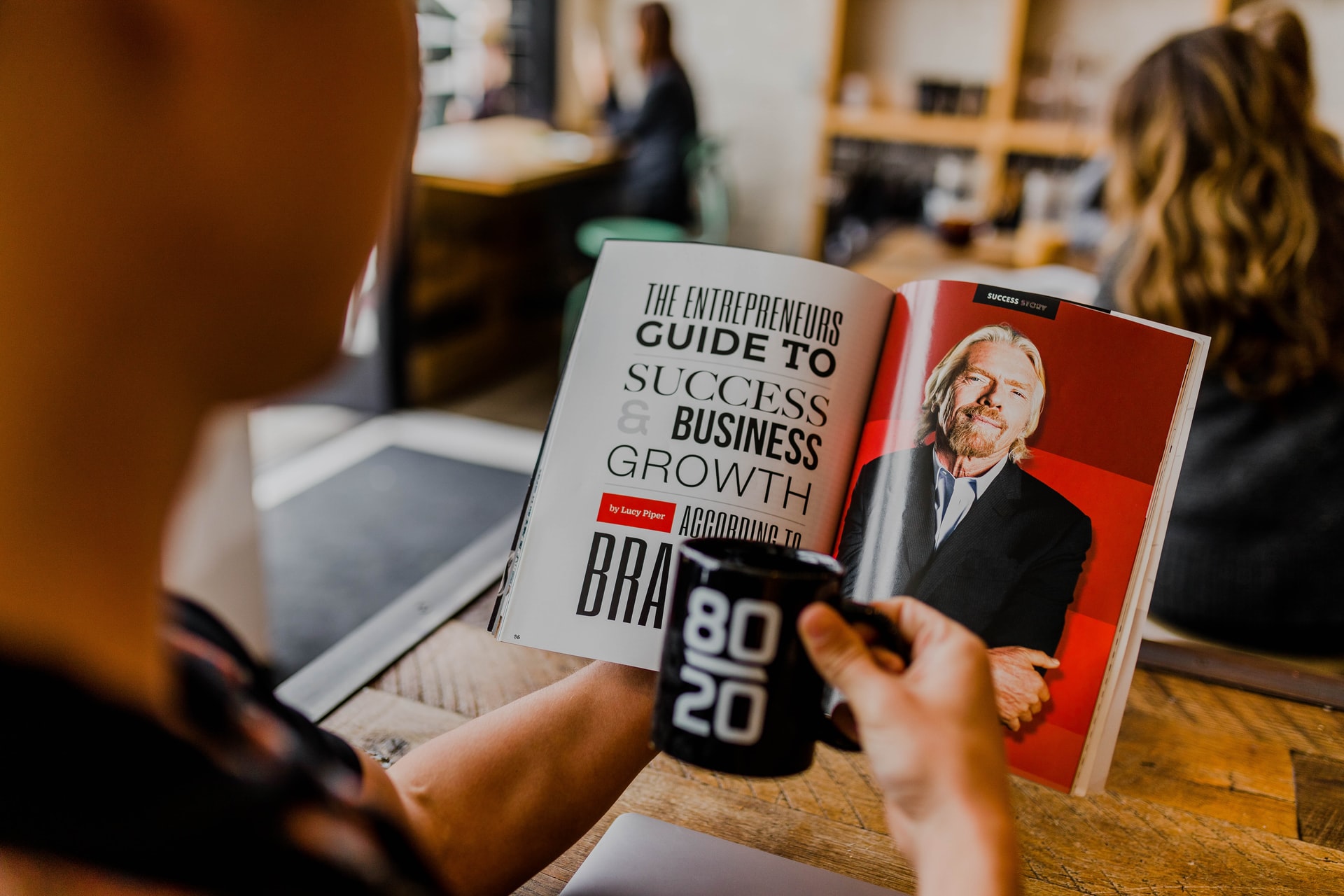
Relevancy
You want your product to be found on the first search results page just as you’d like your website to appear on the first search engine results page (SERP) of a search engine like Google. Do Amazon SEO right, and your customers will find you.
Consider the Title, Bullet Points, Description, Search Terms, and Images.
Title
The most critical SEO element is the product’s title, and the most relevant keywords should be included in it.
Follow Amazon’s guidelines for your specific product category and play fair. You will build a more robust listing in the long run.
Best practices for optimizing your listing’s title:
- Include the brand name.
- Include a clear description of your product and what it does.
- Mention an ingredient or material related to your product.
- Specify any relevant characteristics, such as color, size, or quantities (if applicable).
- Avoid keyword stuffing or spammy, unnatural composing of the text.
- Use most of the allowed character limit (200 in most cases).
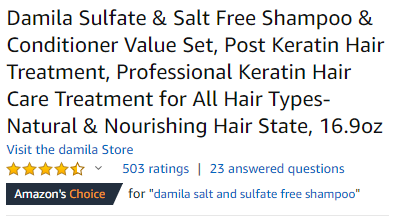
Bullet points
This is where you sell your product. Mention key benefits and how they make yours better than the competition. Add additional accessories or all other incentives.
You will want to include as many primary and secondary keywords as possible; just remember that your customers are still human, and the text must be readable.
Additionally, add a trust element to help push the sale.
Description
This is another excellent place to add more relevant keywords and expand on your product, explain product features, or add complementary information.
How to use the listing’s description properly:
- Check your product’s category Style Guide.
- Avoid duplicating bullet points and provide as much additional information as possible.
- Tell a story about your product.
- Make it easy to read.
Tip: use this simple HTML code to make it more readable:- Separate paragraphs with <p> text </p> or <br> (line break)
- Use <b> text </b> for bold text and headings.
- For bullet points, use
<ul>
<li>bullet point 1</li>
<li>bullet point 2</li>
</ul>
-
- For numbered lists, use
<ol>
<li>list item 1</li>
<li>list item 2</li>
</ol>
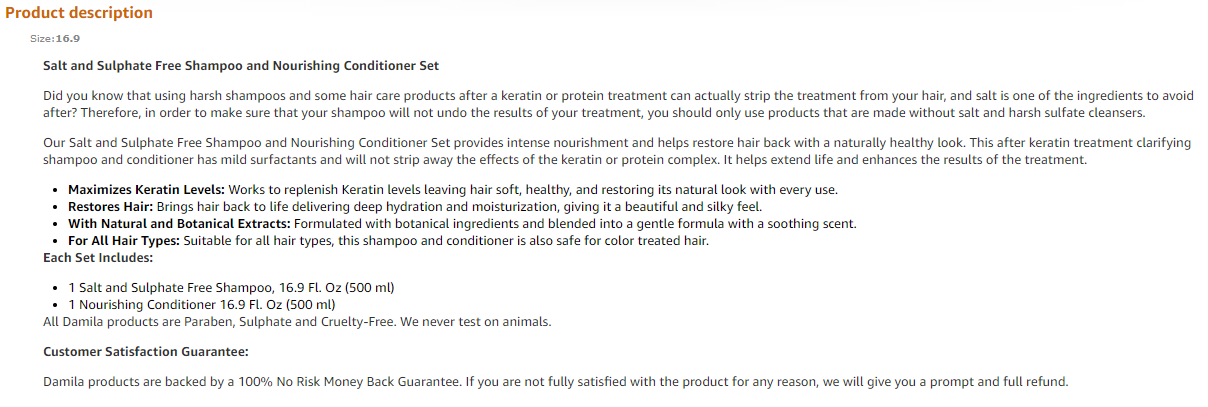
EBC or A+ Content
As part of a product’s description, Enhanced Brand Content and A+ Content are extended content features for brand-registered Sellers and Vendors. It is a way of showing content in a more visually appealing manner.
If you are interested in knowing more about it, check out All About Amazon A+ Content That Wins Customers.
Search terms
These are “hidden” keywords that tell Amazon’s algorithm when a specific listing targets a particular keyword. In Google terms, these would be the meta tags.
Three rules to follow when including backend keywords:
- Don’t repeat words.
- Include synonyms or variations, but not too many.
- Separate words with space only.

Images
Most consumers will quickly judge a product based on the imagery and this directly impacts conversions. They must be high-quality and layout important features that convey to the user what your product’s about.
Image optimization tips:
- Adhere to the technical requirements.
- Make images large enough to enable zoom.
- Consider A/B testing of the main image to find which one has a higher Click-Through Rate (CTR).
- Main images should fulfill these requirements:
- Only contain the core product.
- The background must be pure white (RGB code: 255, 255, 255).
- The product must fill at least 85% of the image.
- It must not contain text or graphics.
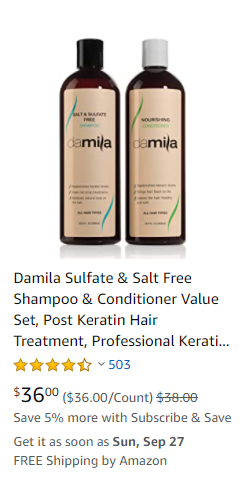
Performance
For Amazon, a product’s performance is essential, and when done well, it will be rewarded with good positioning and visibility.
Focus on your product’s Sales Rank, Customer reviews, Answered Questions, Price, and Fulfillment Method.
Sales Rank
The more sales, the higher your product will rank in search, so they are the most important factor for positioning products on Amazon. Aim to get your product into a positive sales/rank loop.
Customer Reviews

According to Statista, product reviews and recommendations are among the top reasons to shop on Amazon for 40.5% of internet users.
The general rule is the more and the higher, the better, though the average rating and number of reviews for a specific product might vary from one category to the other.
*Quick tip: answer your customer’s reviews, either negative or positive. You get to offer them excellent customer service, make others trust you, and the best part, you get to relate directly with your customers.
Answered Questions
Answering customer’s questions can also play an essential role in product ranking, and it will give customers the information they need to make the purchase decision.
Price
Best pricing is another leading factor of purchases on Amazon for 49.2% of buyers. Set a competitive price according to the market, and make sure it’s fair to the buyer.
Pricing tips
- A/B test your prices to find the best sales/margin ratio.
- When defining price, consider your rating/reviews and ranking compared to your competitors.
- Your product doesn’t have to be the cheapest to be successful.
Fulfillment Method
It’s been proven that faster shipping like Amazon Prime (FBA), for example, gives listings an advantage.
Fast, free shipping is the essential reason for internet users to shop on Amazon, 79.8%.
PPC
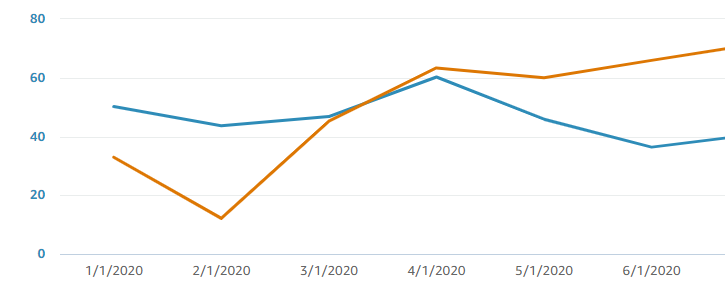
Amazon PPC ads cannot be ignored. Having a killer product with an excellent listing is not enough if you want to have high-performing products. Amazon can be a highly competitive place, and you need to deliver your message to the right customers at the right moment.
How to create a killer campaign:
- Maintain a consistent campaign structure from the beginning.
- Use long-tail keywords. Being more specific and targeted, the cost will be lower for a good CTR.
- Negative keywords are as important or more important than keywords.
- Optimizing requires time and constant tracking.
Keep up with the latest Amazon and Walmart news updates and subscribe to our BellaVix newsletter 👇👇👇

